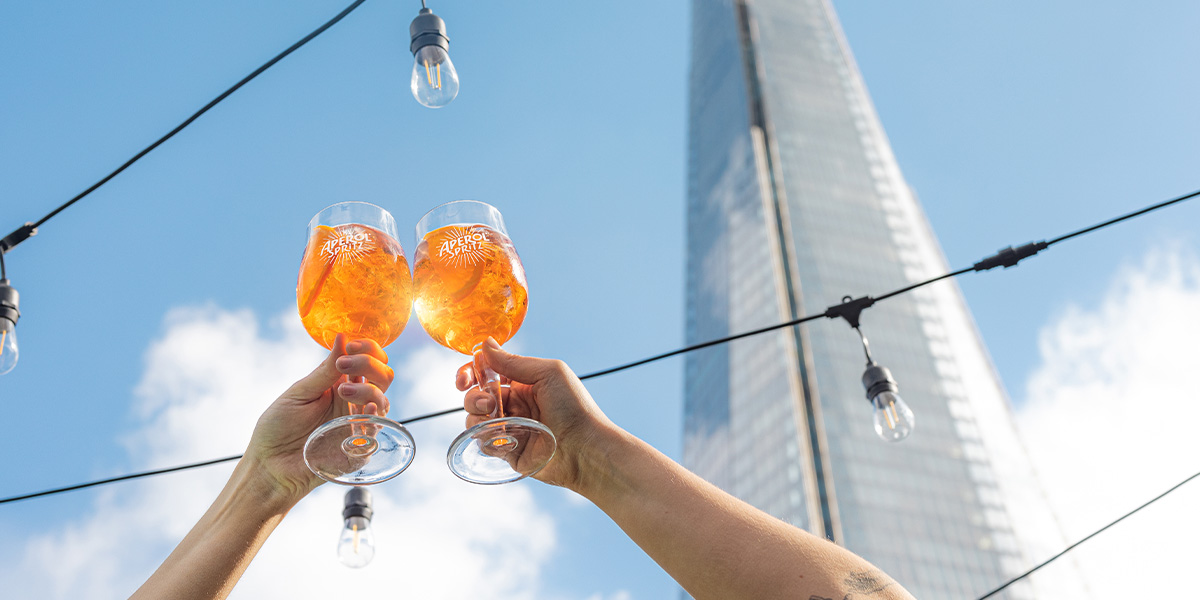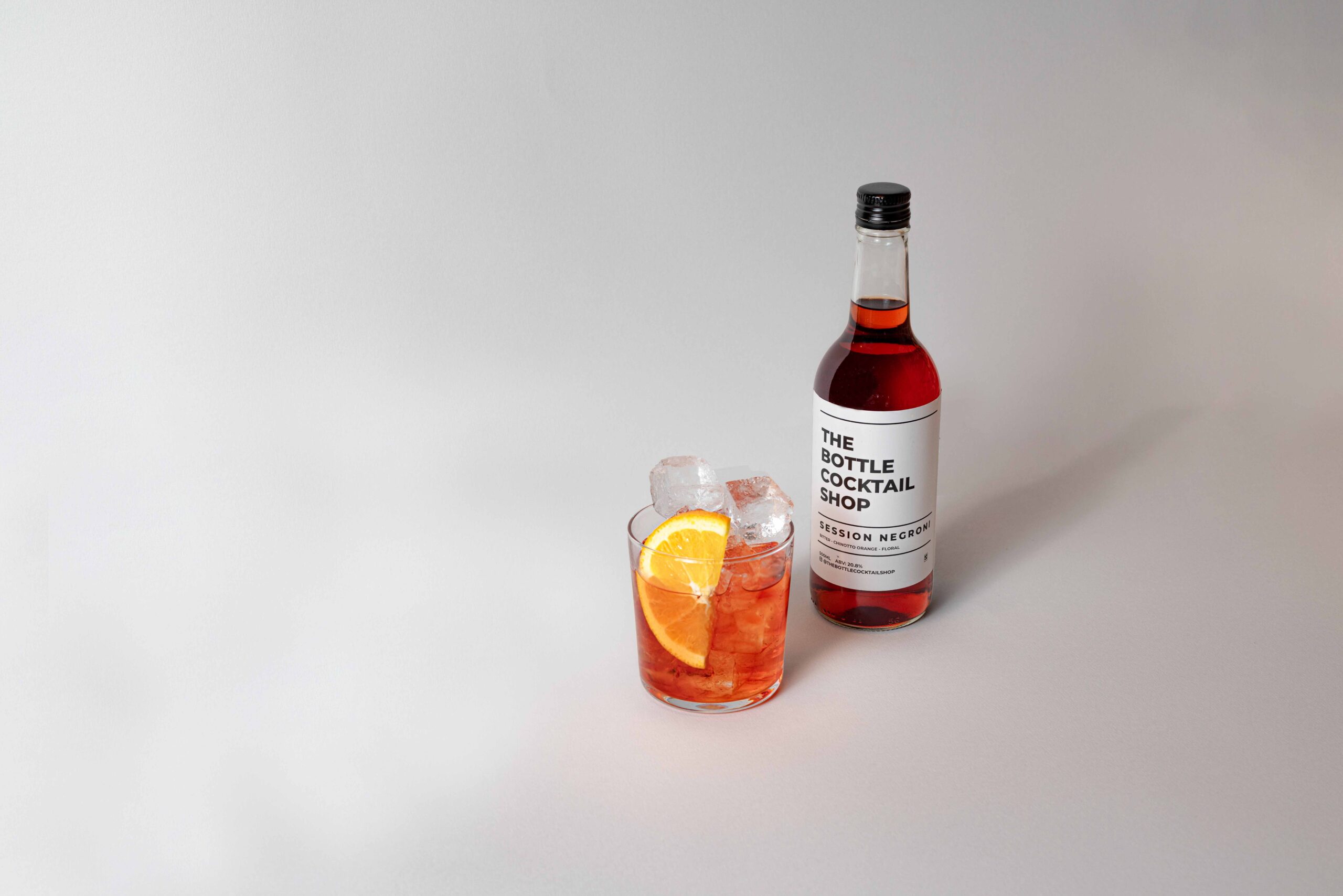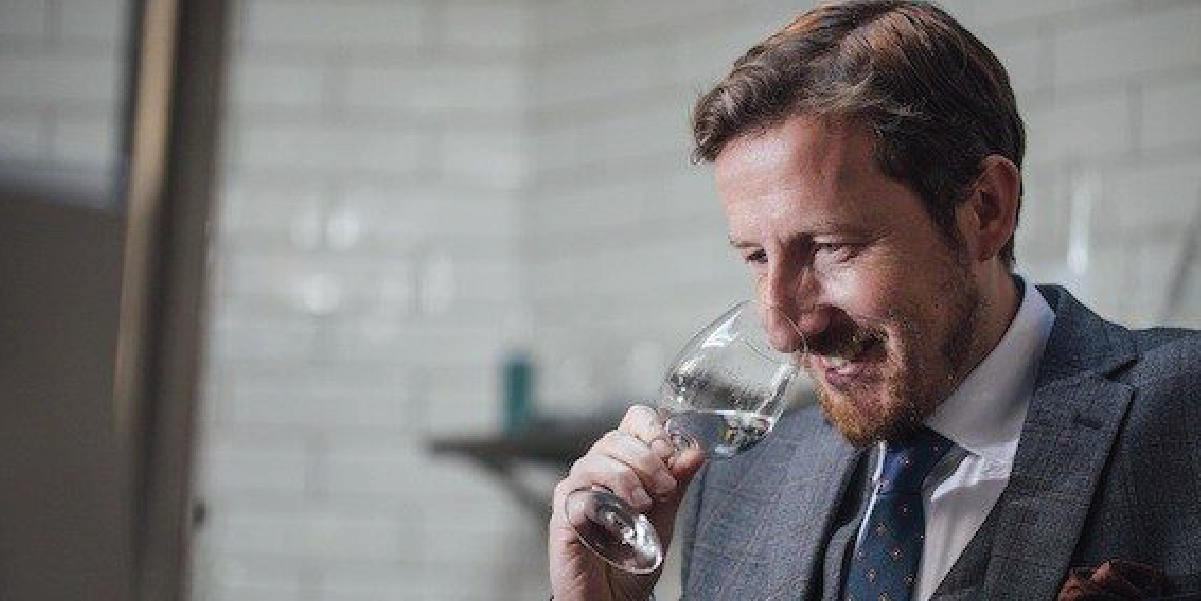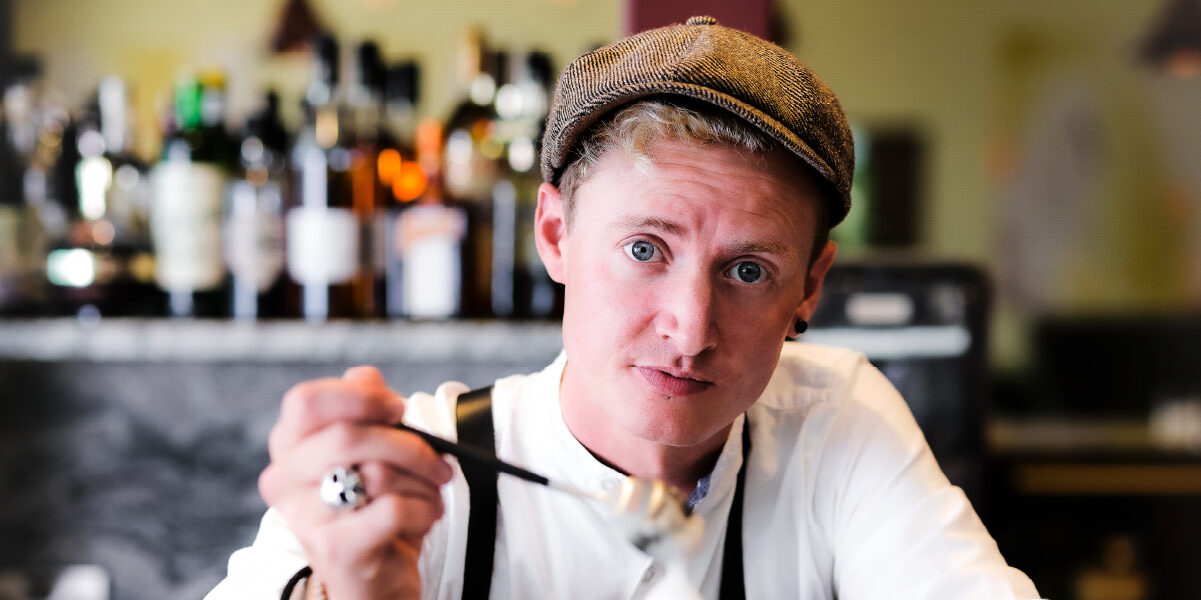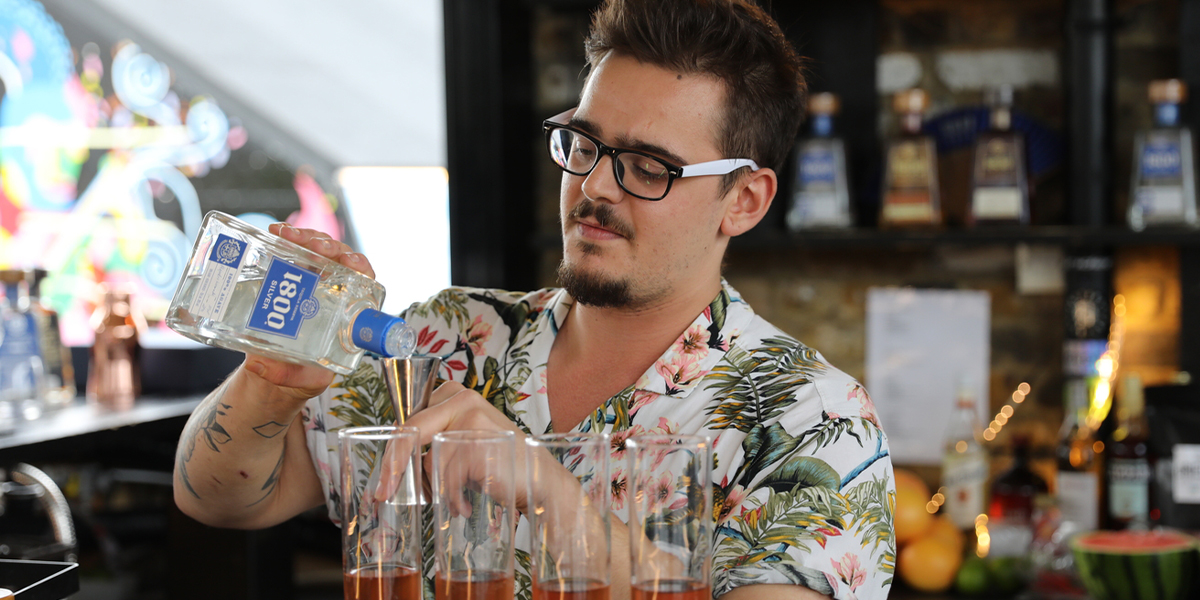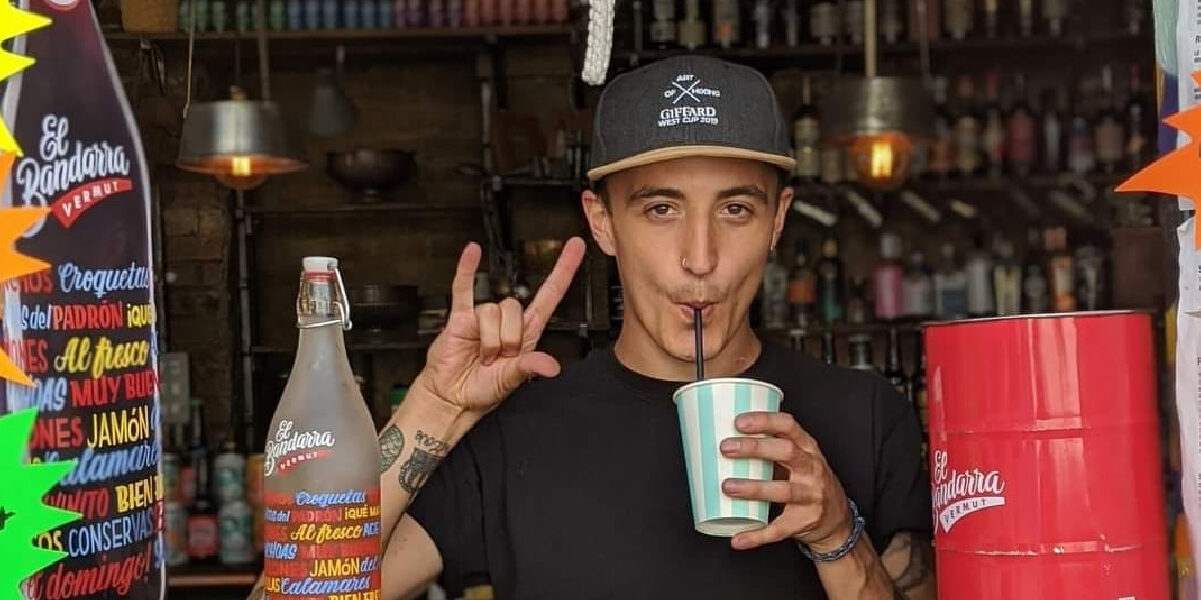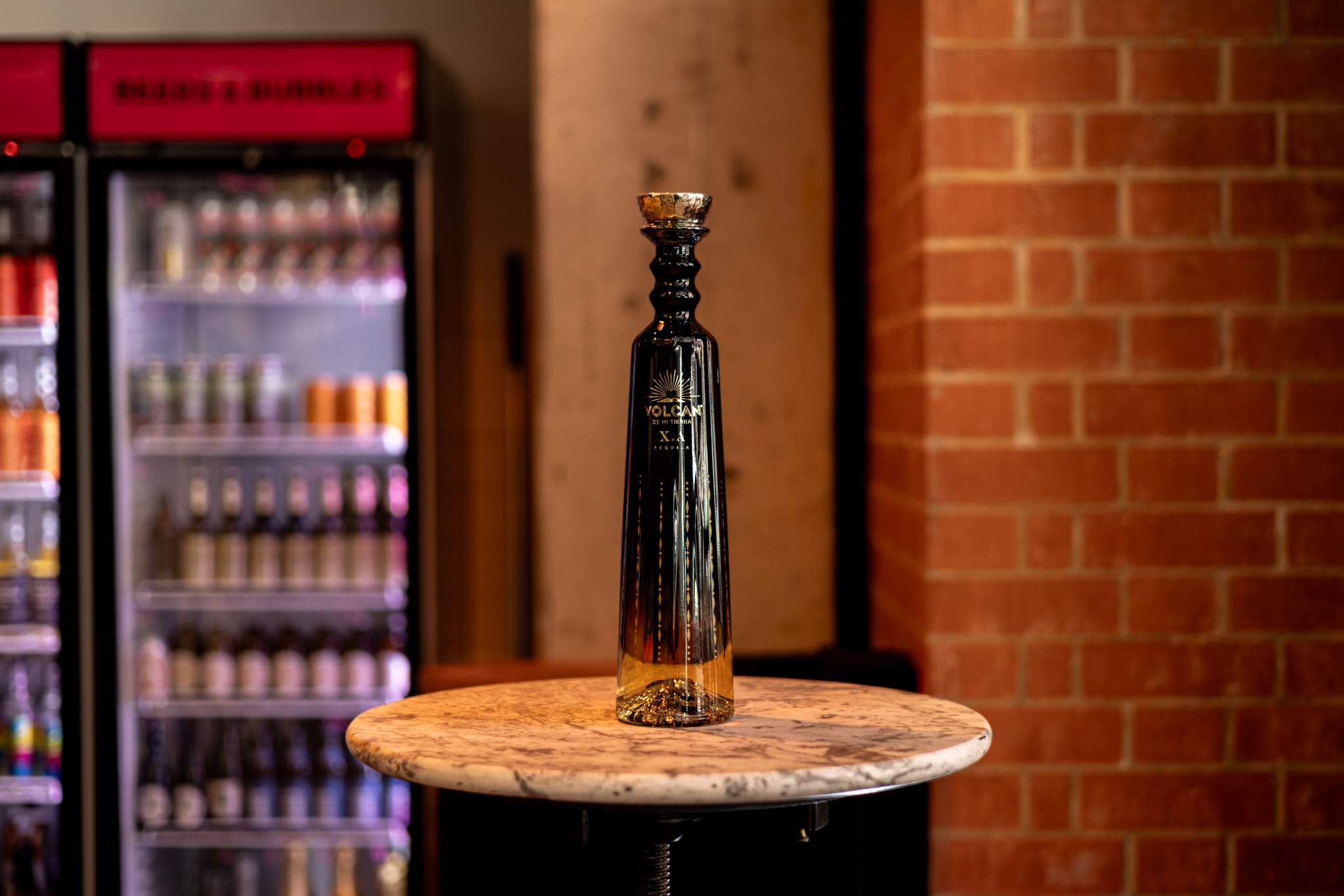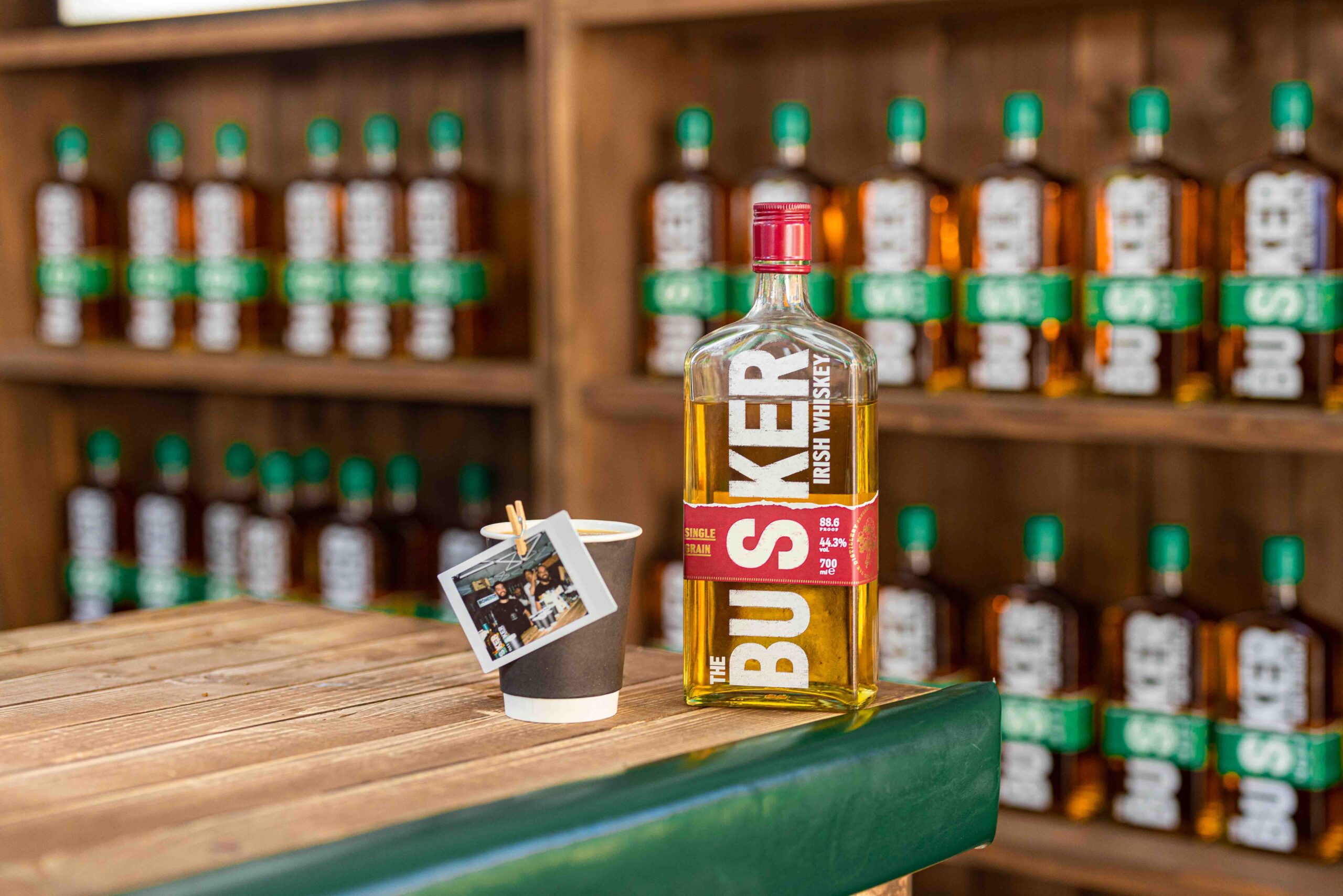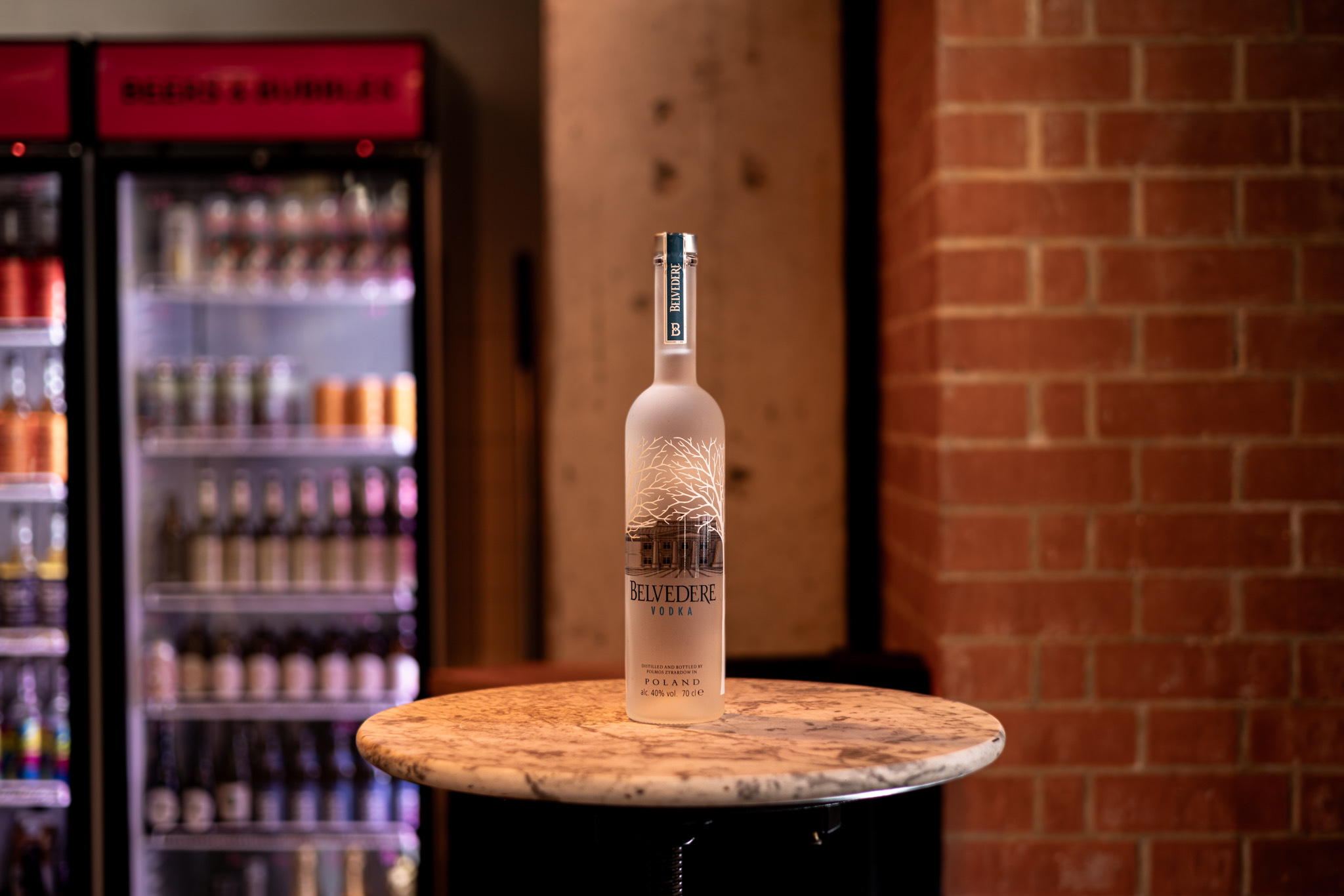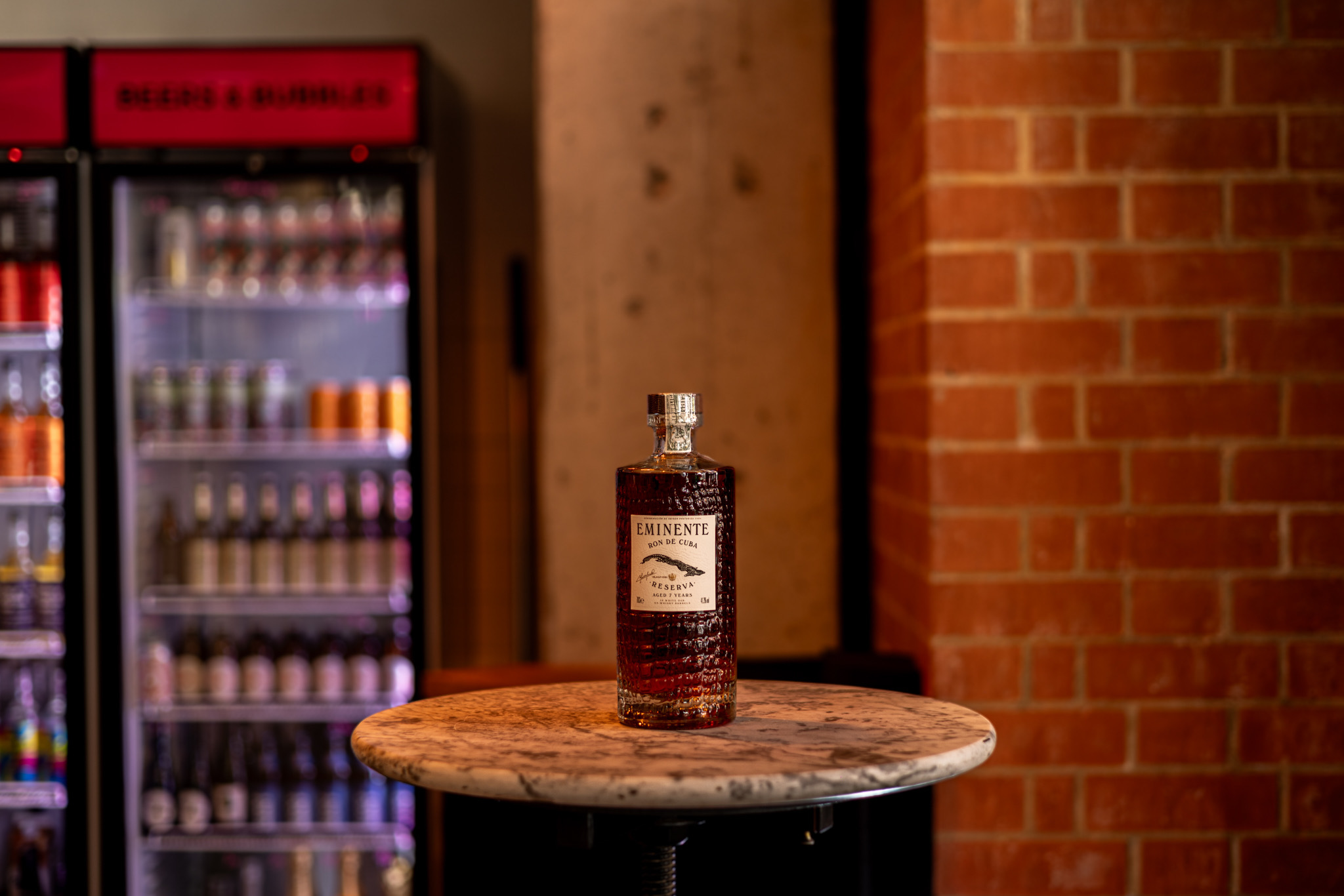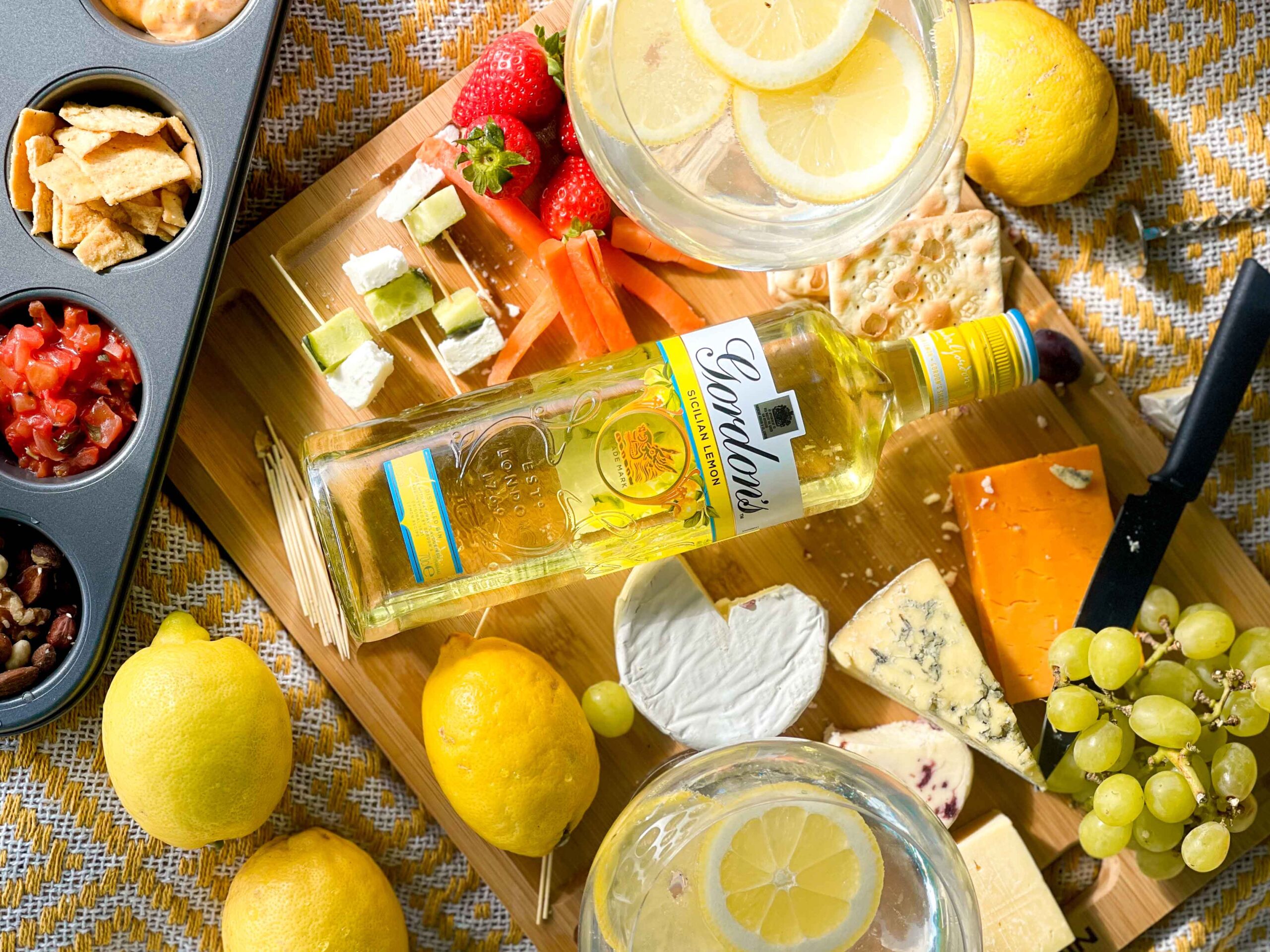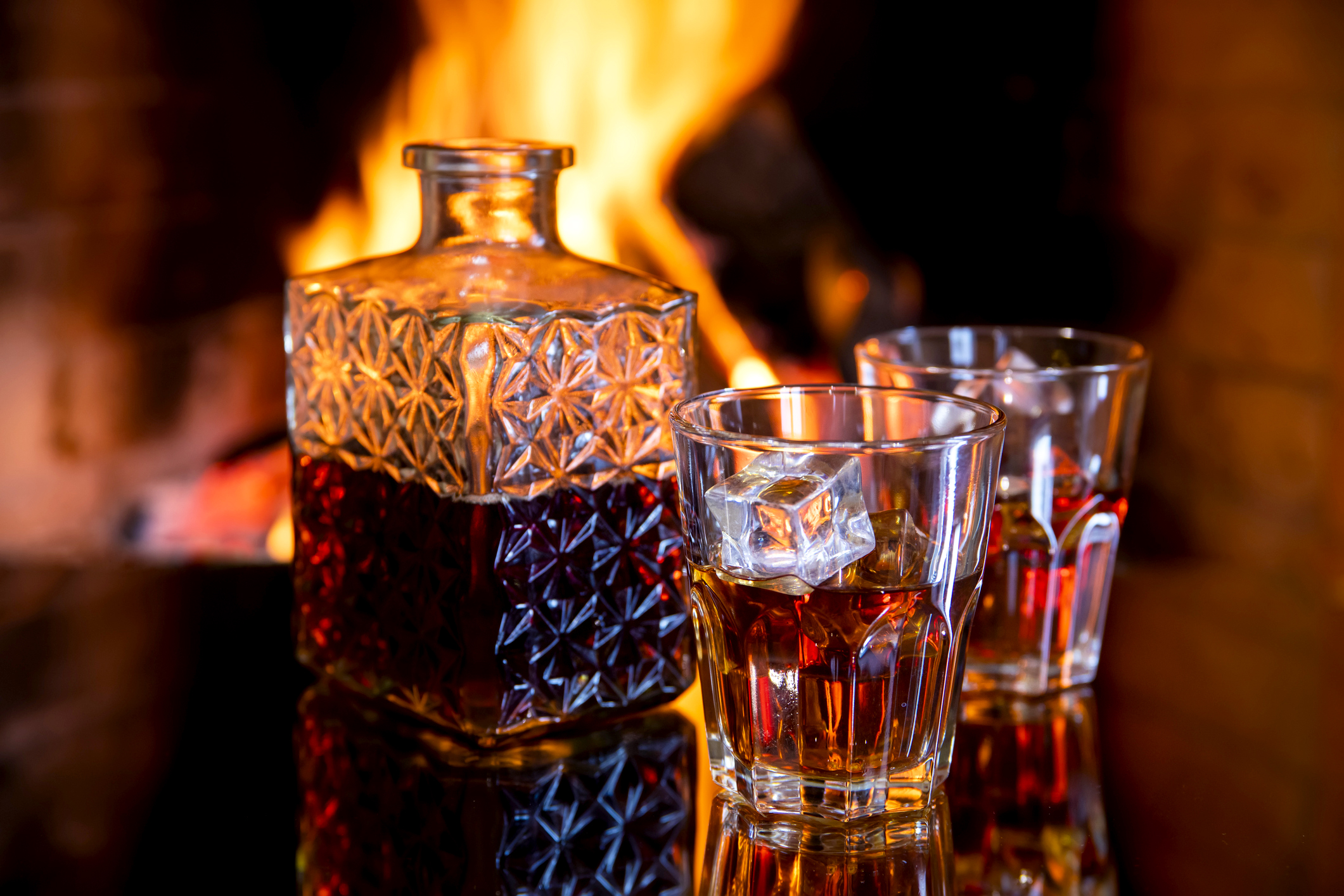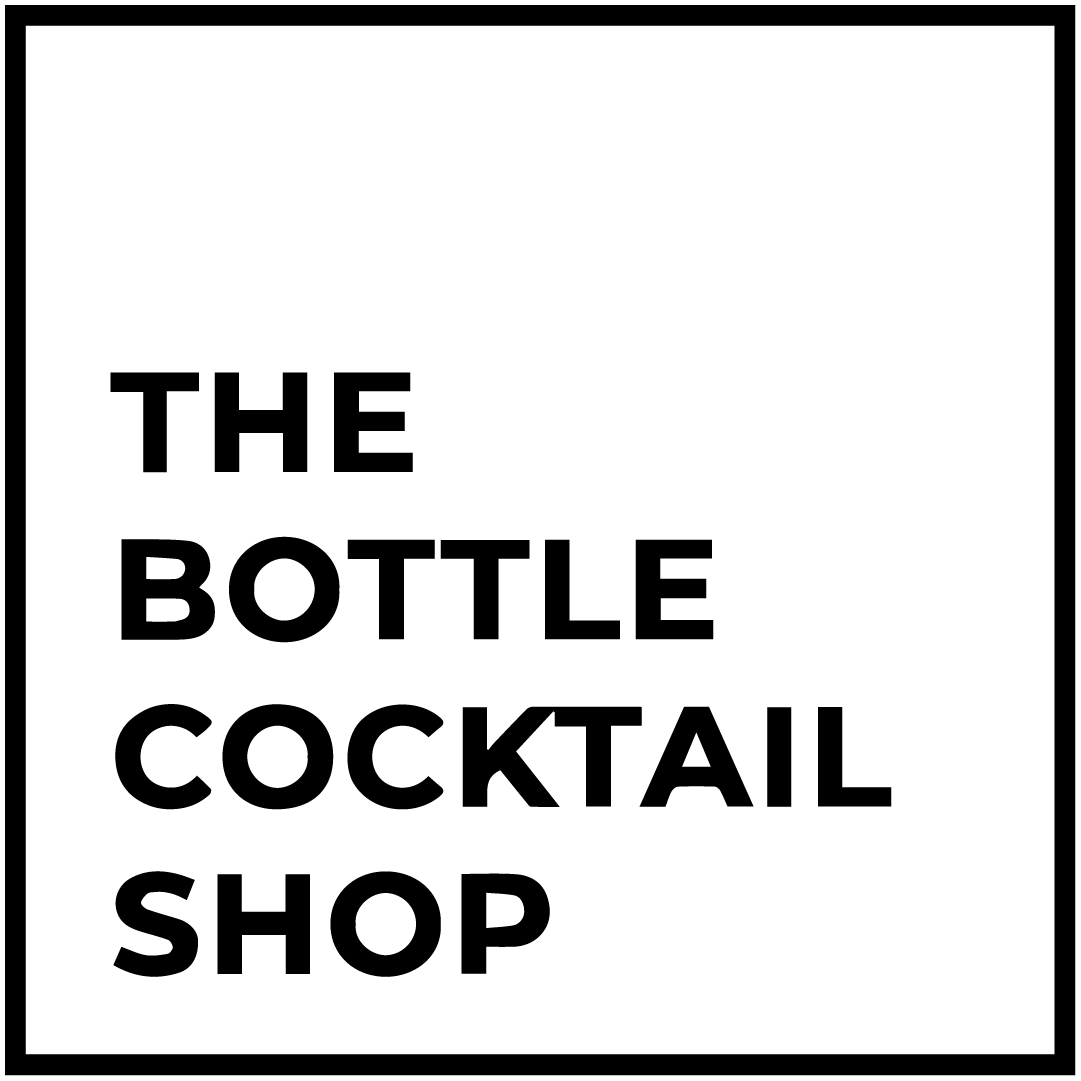Vermouth
The word vermouth is derived from wermut, High German for ‘wormwood’ (a Artemisia genus plant, 200plants of the daisy family)
Vermouth is produced by fortifying and sweetening a wine base, which makes up for about 75% of the mixture. Botanicals are added to balance the sweetness and endow the medicinal value. Italian producers prefer light, fresh white wine to make dry and bianco style vermouth, and the French age their base wine, allowing for oxidation. Sweet vermouth produced in Italy, specifically in and around Turin using red wine, and was invented first. Vermouth must be made in wormwood leaves, supported by upwards of 50 other herbs and spices,. The botanical essences are extracted by steeping them in wine, distilling or macerating in hot water or alcohol. Dry vermouth is typically sweetened with up to 50 grams of sugar per liter, sweet vermouth can be more than 130 grams per liter and Bianco vermouth can be up to 99 grams per liter. Vermouth production is centered in the country side or Italy and France, where crisp white wine, herbs and spices are abundant.
Must be flavoured with at least one herb from the Artemisia wormwood family – although the species and quality is not specified.
At least 75% of the finished product must be wine made in accordance to the EU wine legislation.
Have a minimum alcohol strength of 14.5% and a maximum of 22% ABV.
Wine based Aperitifs
Aperitif based wines are not vermouth for the simple reason that they contain no wormwood leaf and that they can be produced using red wine as well as white. The Chinchona bark from a tree in Peru, was commonly used in these wines as it has a chemical property that combats malaria. The wine is combined with quinine, herbs, spices and usually a spirit infusion along with sugar, and are between 14-17 percent ABV.
Bitters
Bitters are concentrated spirit based infusions or distillates of herbs, roots, barks and spices that were originally produced and prescribed by medieval monks and apothecaries as elixirs and health tonics in Northern Europe, Italy, France and Spain. Commercial bitters were popularized in the Netherlands by firms such as Lucas Bols in the 16th century. These days the widest variety comes from Italy, were they are know as Amari (Amaro). Bitterness fro gentian, quinine, wormwood, artichoke leaves, dandelion, bitter orange, and angelica is balanced with aromatic botanicals such as vanilla, clove, nutmeg and so on. Amari can be divided into two camps: the strong, intensely bitter after-dinner variety typified by Fernet Branca, and the low proof, pre-prandial, bittersweet family headed by Campari. each brand has its own secret, proprietary recipe and production process that is handed down through the ages.
Liqueurs
Are sweetened alcoholic drinks made by mixing or redistilling spirit with flavourings and or colourings. In
Europe a liqueur must have an alcohol content of at least 15% vol and minimum of 100g of sugar per litre. It can be made my steeping and/or macerating (chopping up the flavour component to expose more surface area or penetrate the item more), infusing which is steeping in warm alcohol (sometimes known as digestion). Percolation is when the alcohol is forced through the flavour component as quickly as possible, this can be done hot or cold or as vapor and can be repeated in a closed cycle. Distillation, the flavour component distilled through either a column or a pot still. Maturation is when the alcohol is aged with the flavour component before be reduced in alcohol volume and sweetened.
Crème Liqueur are when a liqueur has a minimum of 200g of sugar per litre with the exception of crème de cassis with must have a minimum of 400g of sugar per litre.
RECEIVE 10% OFF YOUR FIRST ORDER
Sign up to our newsletter for monthly offers, exclusive previews and cocktail making tips & tricks.
Tincture
is a process of infusion done with an alcohol content of between 25%-60% but can be 90% (seems like no rules at all really, my thoughts exactly). A tincture is a concentrated solution that has alcohol as a solvent, alcohol can dissolve the flavour component better than water? Pretty much a bitter without a bittering agent and usually one flavour forward.
Infusion
An infusion is a process of extracting flavour in a solvent, such as water, oil or alcohol by allowing the material to remain steeping over time. Remaining liquid an infusion.
RECEIVE 10% OFF YOUR FIRST ORDER
Sign up to our newsletter for monthly offers, exclusive previews and cocktail making tips & tricks.
Did you enjoy this article?


